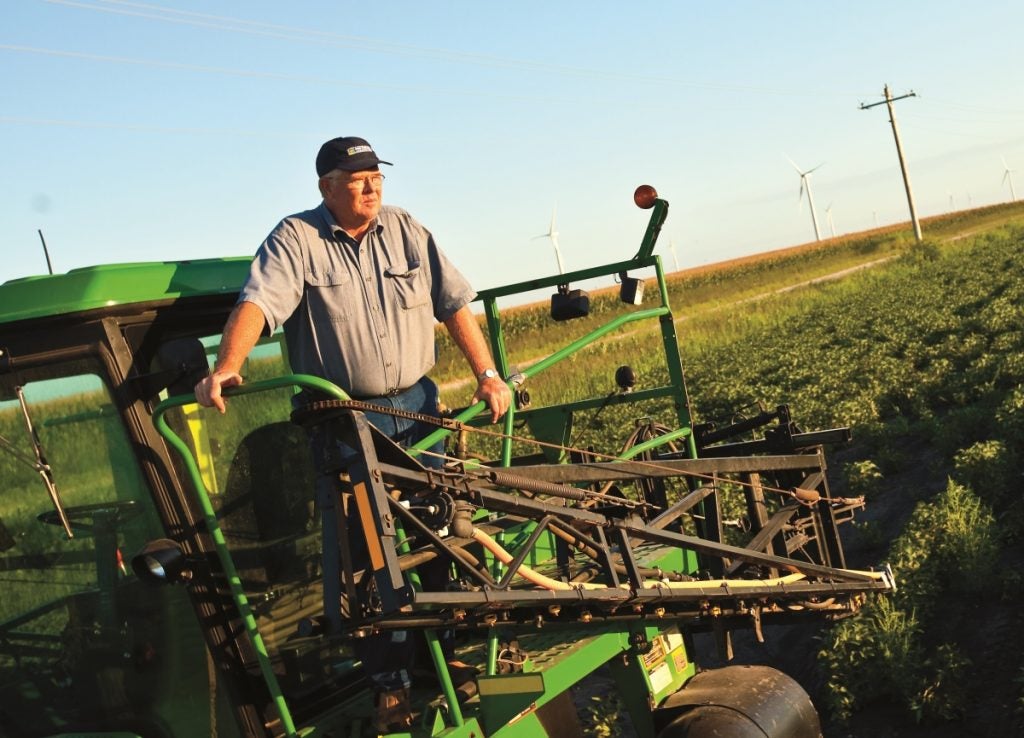This blog post was co-authored by Camille Morse Nicholson of the Midwest Row Crop Collaborative.
The increasing attention being directed at agriculture and the environment by policymakers and the private sector is a welcome shift — one on which the future of our agricultural system depends.
However, there remain a host of uncertainties to be resolved as we shift the system to one that not only produces food, fuel and fiber, but also delivers soil health, biodiversity and climate resilience benefits.
The Midwest Row Crop Collaborative (MRCC), a coalition of companies and NGOs, is working to break down barriers to scaling climate-smart practices, including closing the information gap on the financial benefits of conservation practices like cover crops and nutrient management, and helping farmers invest in these practices, confidently. Read More













 Many of us spend a considerable amount of time thinking about food – whether it’s deciding what’s for dinner or how healthy something is for our family. Given that I work on food sustainability and am married to a chef, I spend an even more extreme amount of time thinking about food.
Many of us spend a considerable amount of time thinking about food – whether it’s deciding what’s for dinner or how healthy something is for our family. Given that I work on food sustainability and am married to a chef, I spend an even more extreme amount of time thinking about food.